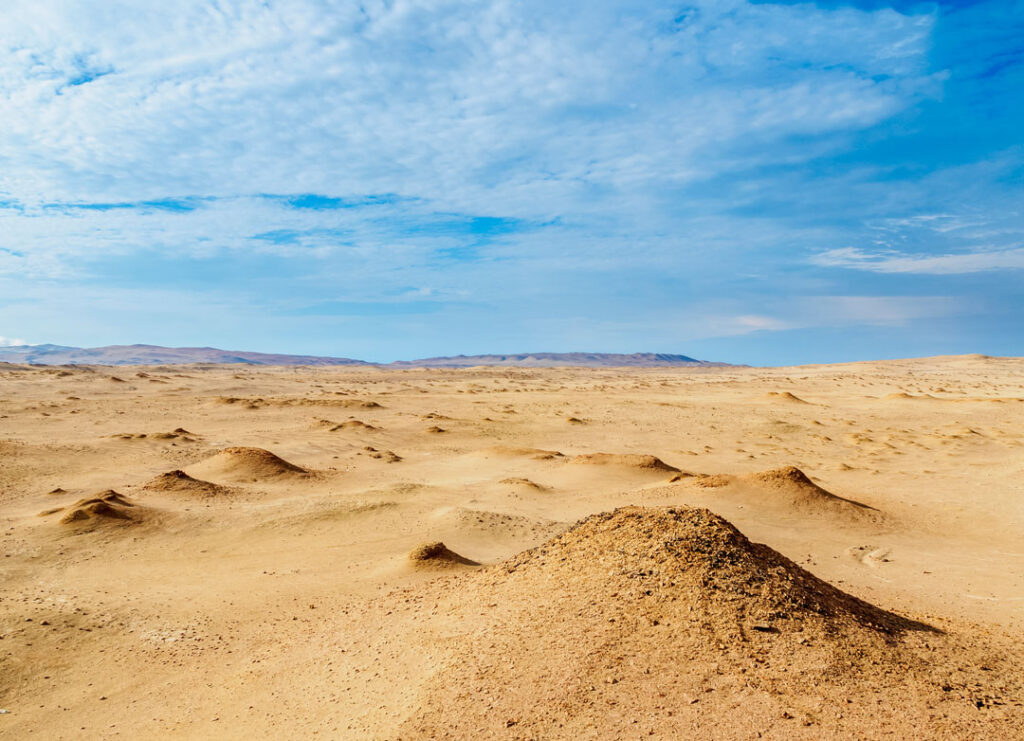Heating, ventilation, and air conditioning (HVAC) systems are now so common in American homes and businesses that it’s hard to imagine life without them. Whether you’re escaping a sweltering summer afternoon or keeping warm through a snowstorm, your HVAC system is working behind the scenes to keep you comfortable. But the journey to today’s energy-efficient, climate-specific systems is fascinating—rooted in technological breakthroughs and shaped by the diverse weather conditions across the United States.
The Birth of Modern HVAC Technology
The story of modern air conditioning begins with engineer Willis Carrier in 1902. Tasked with solving a humidity problem in a Brooklyn printing plant, Carrier developed a system that could control both temperature and moisture in the air. While its first purpose was industrial—keeping ink from smudging—air conditioning soon expanded to theaters, department stores, and eventually homes.
By the 1930s, central air systems were being installed in luxury homes, but widespread adoption wouldn’t happen until after World War II, when mass production and improved insulation made HVAC more affordable for middle-class families. On the heating side, early America relied on wood-burning stoves and fireplaces before shifting to coal, oil, and eventually natural gas furnaces. Forced-air systems—capable of distributing warm air throughout a home—became the standard in the mid-20th century.
How Climate Shaped the Way America Cools and Heats
Because the United States spans so many climate zones—from arid deserts to subarctic winters—the HVAC industry developed a range of system types tailored to local needs.

Hot & Humid Regions (Southeast and Gulf Coast)
In states like Florida, Louisiana, and the Carolinas, the main HVAC challenge isn’t just heat—it’s high humidity. Excess moisture can make 85°F feel like 100°F, so homeowners here often rely on high-capacity central air conditioning systems with built-in dehumidifiers. Heat pumps are popular because they can handle both cooling in the summer and heating in the mild winters, all while keeping energy costs low.
Dry & Hot Regions (Southwest)
In places like Arizona, Nevada, and New Mexico, humidity is minimal but summer temperatures can soar well above 100°F. Traditionally, evaporative coolers—or “swamp coolers”—were common because they’re energy-efficient in dry climates. However, as urban areas have grown and demand for consistent cooling has increased, many residents have switched to high-efficiency central AC systems with advanced air filtration to handle dust and allergens.

Cold & Snowy Regions (Northeast and Midwest)
In states like Minnesota, New York, and Illinois, the priority is powerful heating systems that can operate reliably through long, harsh winters. Gas furnaces, oil boilers, and radiant floor heating are popular here. Air conditioning tends to be less complex—sometimes limited to a few window units or a small split system for the hottest summer days.
Mixed Climate Regions (Mid-Atlantic, Pacific Northwest)
These areas need systems that perform well in both hot summers and chilly winters. Dual-fuel HVAC systems, which combine an electric heat pump with a gas furnace, are increasingly common because they can switch between energy sources depending on outdoor temperatures, maximizing efficiency year-round.
The Rise of Energy-Efficient and Smart HVAC Systems
In recent decades, the HVAC industry has shifted its focus toward sustainability and smart technology. Features like variable-speed motors allow systems to run more efficiently, while zoning capabilities let homeowners heat or cool specific parts of a home without wasting energy on unused spaces. Smart thermostats now make it possible to control your system remotely, adjust settings automatically, and even track energy usage in real time.
Ductless mini-split systems—popular in Europe and Asia—have also made a big impact in the U.S., particularly for older homes without ductwork. These systems provide targeted comfort, are easy to install, and can dramatically reduce energy bills.
Choosing the Right HVAC System for Your Climate
Selecting the right HVAC system isn’t a one-size-fits-all decision—it depends on your location, the size and insulation of your home, and your personal comfort preferences. That’s why working with local HVAC professionals is essential. A company that understands your climate can design a system that works efficiently in your area’s unique conditions.
For example, A Degree Above AC has years of experience tailoring HVAC solutions for their local service region. They understand how seasonal weather patterns impact performance, and they help homeowners choose systems that will last for decades while keeping energy bills in check. From installation to maintenance, partnering with experts ensures you’ll have a system that’s ready for anything your climate throws at it.
From Luxury to Necessity – The HVAC Evolution
In just over 100 years, HVAC systems have gone from rare luxuries to essential household infrastructure. Today’s units are smarter, more efficient, and more adaptable than ever before—and as technology advances, we can expect them to become even more eco-friendly and climate-responsive. Whether you’re cooling a home in humid South Carolina, heating a cabin in snowy Vermont, or balancing temperatures in a mixed-climate city, the HVAC industry has a solution designed just for you.
